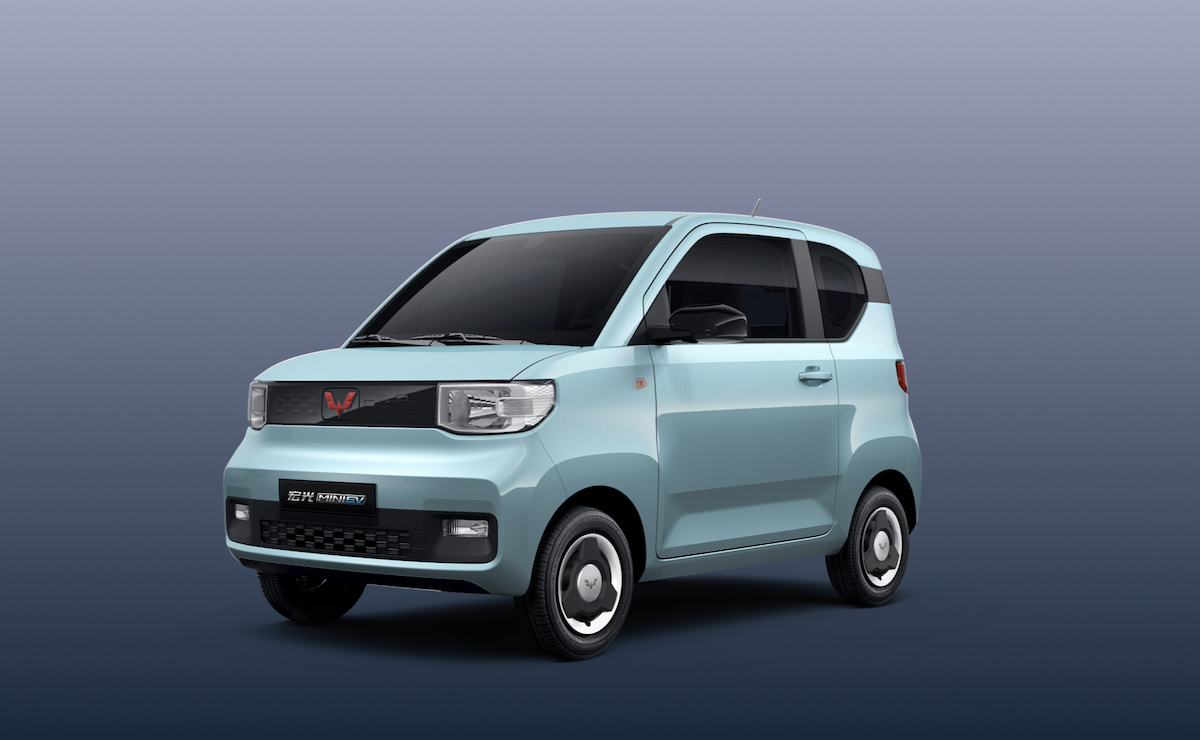China, the world's largest single market, registered 7.43 million passenger vehicles in the first five months of this year, down 13% from the same period last year, as a result of cities lockdown and chip shortages. If we narrow down the period to April and May, when Shanghai was closed, the figure plunged by 26.3% compared to the same period last year, which means it will be difficult to return to last year's level in the next few months, let alone surpass the full-year figure last year. Meanwhile, it pays for the global auto industry to be aware that 1.32 million BEVs were sold in the first five months of this year, more than double the number sold over the same period last year. The overall market share of BEVs jumped from 7.6% last year to 17.8% this year! Amazingly, this upward trend is still teeming with momentum. We can say that any traditional car manufacturer that does not yet have EV model with strong enough product competitiveness, or even an EV model for sale at all, will lose out in China and will not be able to return to the glory of its fuel vehicle days for another decade. This is also manifested in the fact that the market share of Chinese self-owned brands with many EV models reached the new record high of 46% in the first five months of this year. A historical crossover point to surpass the sales volume of joint venture brands (international brands) is likely to occur this year.

Among the international brands in the Chinese market, Volkswagen (SAIC, FAW) and GM (SAIC) have long been in the lead, with a share of over 10% each. However, the sales figures in May show that the top 10 in the new-energy vehicle market (including battery EVs and plug-in hybrids) are all Chinese self-owned brands (Tesla and FAW-Volkswagen rank 12th and 13th, respectively; SAIC-GM-Wuling is not considered as an international brand). Although these are figures within only one month, it is clear that this year will be the first year of explosive growth and the formation of leading groups in China's EV market. BYD is of particular significance. Having just announced in April that it would stop producing fuel vehicles, BYD will be one of China's leading self-owned EV brands in the next five years and may even become the number one self-owned brand to challenge Tesla for the global EV throne (Tesla sold 936,000 cars worldwide last year and expects to deliver 1.5 million this year; BYD recently estimated 1.2 million for the year). As for GM and Volkswagen, although both have mid-term EV product plans for 2025, in the years leading up to that, they have not responded to the rapidly growing Chinese EV market with the same level of urgency as their local counterparts to meet the demand for entry-level, short-range EVs in urban areas (like Wuling Hongguang Mini). Looking into the future, I figure that big international traditional automakers, including those in the US, Germany, Japan and South Korea, will suffer varying degrees of impacts on sales and profitability in the Chinese market over the next three years. Some brands may even pull out of the Chinese market. If the traditional automakers are still thinking that the Chinese government just announced in early June a policy that halves the purchase tax levied on fuel vehicles priced at no more than RMB 300,000 and with 2.0-liter or smaller engines over a period of seven months (the purchase tax is 10% of the price of a vehicle in China), and that they can continue to rely solely on fuel vehicles to hold onto their market share, then they will soon taste the bitter fruits.